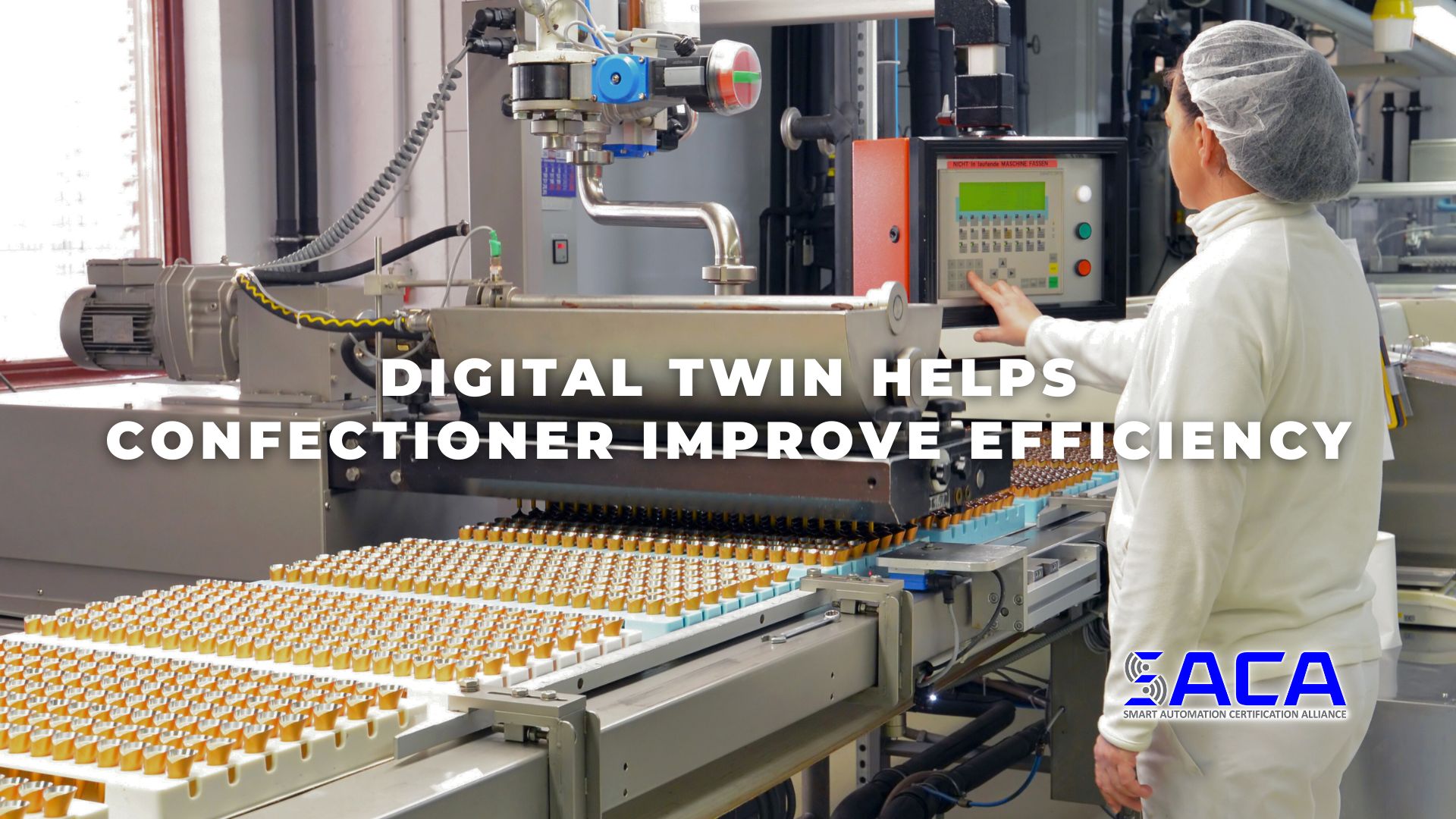
When the holidays roll around, do you find yourself yearning for homemade treats your mother, grandmother, or favorite aunt made when you were a kid? There’s simply nothing like cookies or fudge made from a recipe that’s been handed down for years from one generation to another.
Of course, most people won’t turn away sweet treats from the store either. In fact, many of your favorites might come from confectioners who have been making signature candies for decades using handmade recipes created by their founders long ago.
That’s certainly the case with Aldomak, a family-run Scottish confectioner with a factory in Glasgow. A recent article in The Manufacturer notes that “[t]he confectioner prides itself on its handmade recipes.” However, like most other factories in this modern age, Aldomak is “gradually integrating a degree of automation into production processes.”
While priding itself on its traditions, the family that runs Aldomak realized that incorporating some new advanced automation technologies could help them “streamline manufacturing processes and increase capacity.” That’s why they created “a digital simulation of Aldomak’s fudge production line” with the help of “the National Manufacturing Institute Scotland (NMIS) – operated by the University of Strathclyde and part of the High Value Manufacturing (HVM) Catapult.”
Using this digital twin of a production line, “Aldomak and the Design Engineering team at NMIS identified potential bottlenecks and explored various ‘what-if’ scenarios, such as adding new equipment or modifying workflows.” For example, “[b]y examining the capacity of boiling equipment and the movement of both personnel and products within the factory, Aldomak established how best to focus its efforts to boost efficiency.”
Like all advanced automation technologies, the digital twin used by Aldomak relies heavily on a wide range of data, including “the capacity of the machinery, the duration of different cycles, inventory levels and work schedules.” Analyzing this data has “encouraged the manufacturer to think differently, focus on bottlenecks, and explore various ways to increase throughput before considering major investments.”
Gwenole Henry, Research & Development Engineer at NMIS, points out that “[d]igital simulations of this kind can be an incredibly useful tool for manufacturers in any sector, helping them to meet goals and ambitions in terms of productivity, sales and even energy efficiency.”
However, advanced automation technologies like digital twins don’t exist in a vacuum. It’s important to ensure skilled personnel are available to operate, maintain, troubleshoot, and repair these new technologies as implemented. In many cases, that will mean either upskilling current workers or hiring new workers with the advanced automation technology skills you require.
If hiring new workers ends up being part of your automation implementation plan, look for candidates with industry-standard credentials that prove they already possess the advanced automation skills needed to thrive. For example, if workers possess a certification from the Smart Automation Certification Alliance (SACA), employers can feel confident they’ve already proven they have the knowledge and hands-on skills needed for working with advanced smart automation technologies. SACA has been hard at work collaborating with industry leaders to develop a wide variety of industry-standard certifications that will help employers find workers who possess the advanced connected-systems skills they need to take their businesses to the next level. Be sure to check out SACA and all it has to offer!





